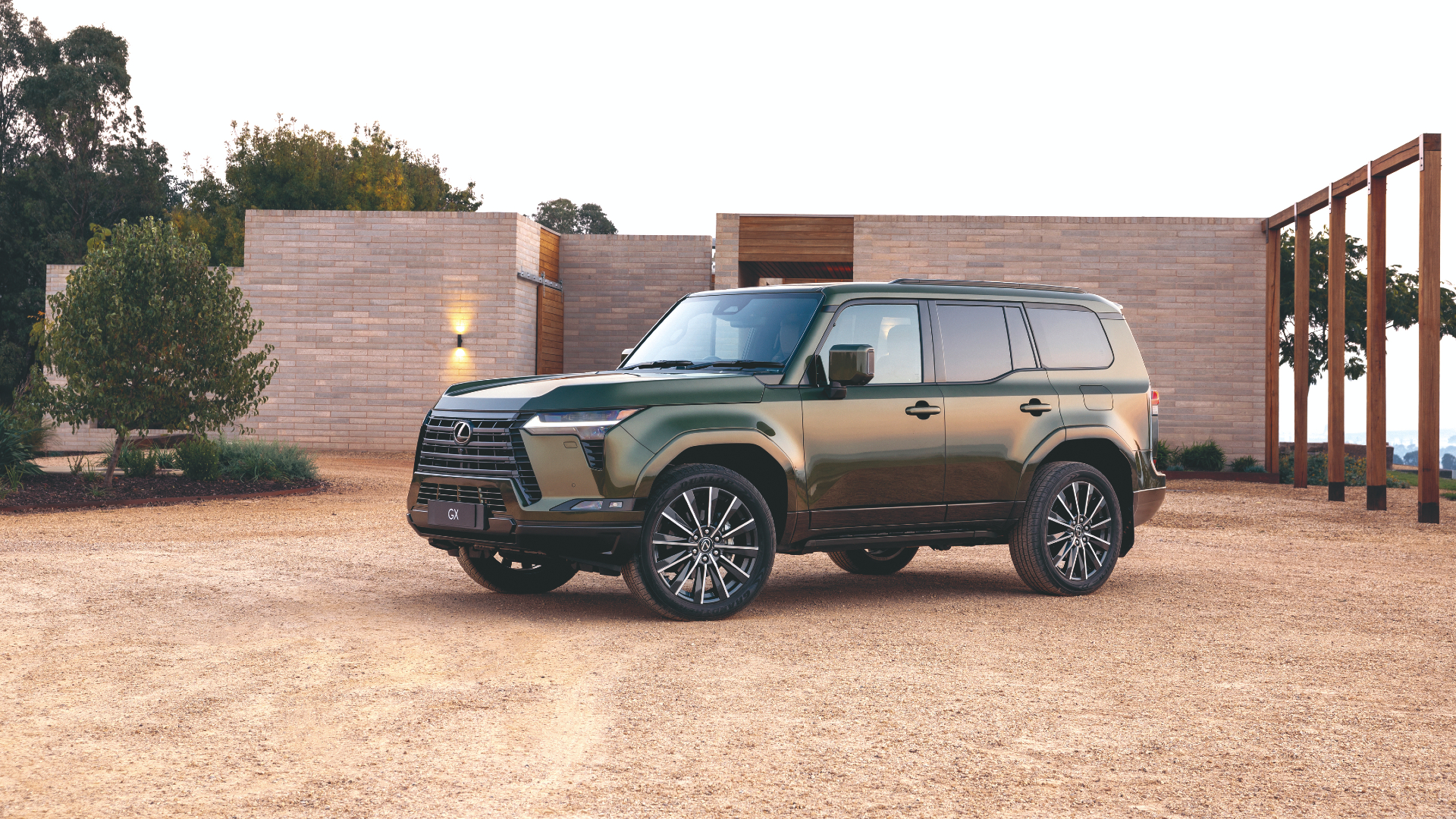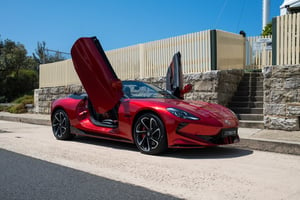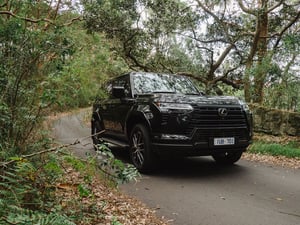Editor’s Note: This story originally appeared in Volume II of B.H. Magazine. For access to future issues, subscribe here.
Lexus GX
The Lexus GX brings the outback just that little bit closer to the bright city lights. The new-to-Australia nameplate naturally competes with large luxury SUVs such as the BMW X5 and Audi Q7. However, it has a secret weapon the latter two can’t come close to: it’s designed to go off-road. And we’re not just talking about a bit of mud on its tyres or a dusting of snow.
Beneath the rugged skin — is this the best-looking Lexus ever? — is some serious 4×4 know-how. There’s a ladder frame chassis for toughness, and to allow the suspension movement that is critical when the bitumen ends. There’s also low-range gearing for climbing hills and tackling tricky obstacles.
All of which may sound familiar to those who know a bit about off-roaders from parent company Toyota. The GX rides on the architecture of the mighty LandCruiser 300-Series and shares some of its body with the incoming Toyota Prado 250-Series.
Instead of diesel propulsion, though, the GX550 gets a hearty 3.5-litre twin-turbo V6 petrol engine pumping out 260kW and 650Nm, hooked up to a 10-speed auto — it’s an impressive drivetrain and one that makes light work of the big body. It’s not particularly frugal, though, slurping a claimed average 12.3 litres of premium unleaded per 100km.
Inside, the GX550 delivers on luxury. The leather is fake but good luck trying to pick it. And the 14-inch infotainment screen/12.3-inch digital instrument cluster endow it with enough pixels to keep the tribe content; the integration of dials in the lower corners of the screen for adjusting the temperature is indicative of the thoughtful design.
All that off-road hardware means the GX isn’t as slick through bends as some of its German rivals. But it makes up for it once the going gets tough. A full-sized spare wheel and excellent ground clearance give confidence for adventuring. While it can occasionally shudder into a sharp bump, it’s generally well composed and quiet for those long road trips.
Ineos Grenadier
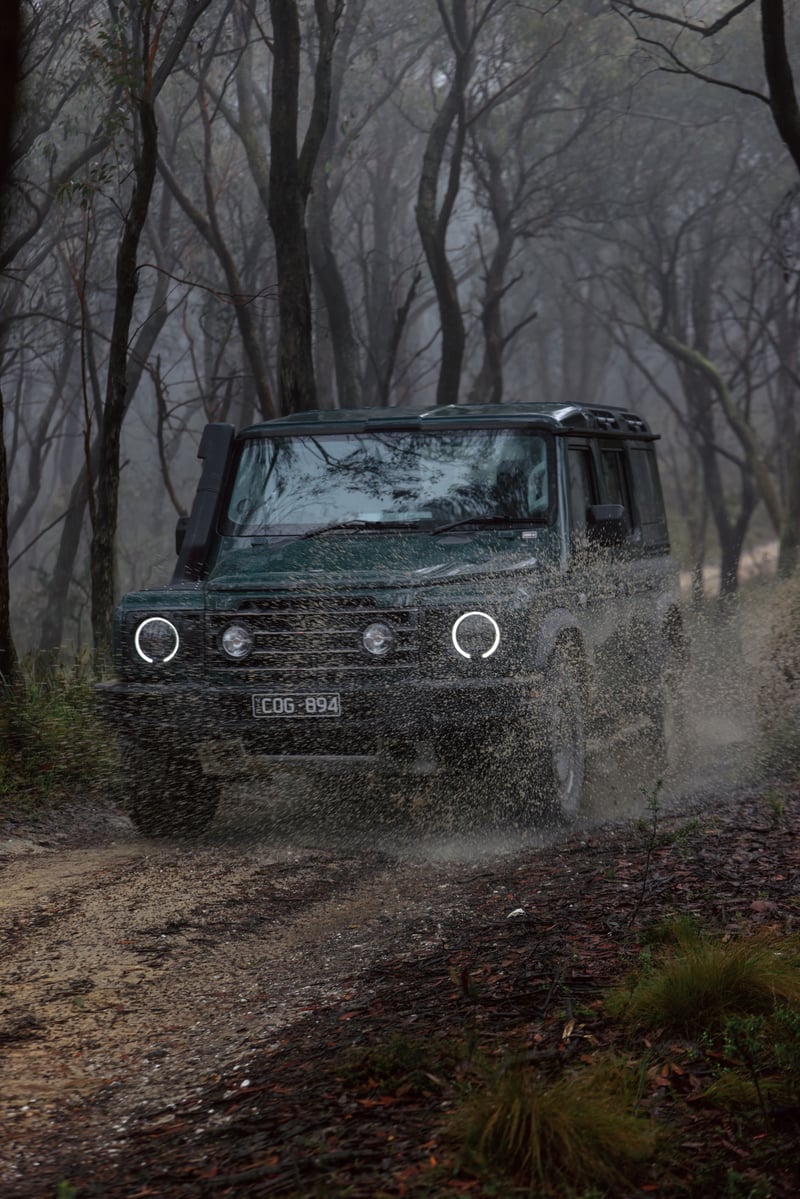
There’s nothing like a cool story to kick off life in the car world. And they don’t get any cooler than Ineos — the petrochemicals giant that part owns the Mercedes-AMG Formula 1 team.
Execs were rueing the demise of the original Land Rover Defender and decided the world couldn’t live without a hard core off-roader designed with rough roads at its heart. Enter: the Grenadier. It doesn’t fluff around with sat-nav and electric seats. And it can be ordered with a hose-out vinyl floor. You get the idea…
Named after a London pub (the story gets even better!), the utilitarian design looks like the lovechild of a Mercedes G-Wagen and Defender, with some military thinking thrown in for good measure (aircraft-style roof-mounted controls are the highlight).
Rather than trying to slink calmly around the suburbs, the Grenadier has been designed from the outset to tackle rocks, deserts, and mud baths and deal with the sort of punishment that regular SUVs shy away from.
Hence the live axle suspension that is designed for extreme compression and droop, giving the wheels a better chance of staying in touch with Terra Firma. Even if they don’t, optional triple differential locks help keep the off-road party moving.
There’s also tech where it’s needed. Under the bonnet is the choice of a BMW six-cylinder engine in petrol (smooth and revvy) or diesel (a hint more gruffness but gruntier). A 12.3-inch infotainment screen has some Tesla thinking by incorporating some of the instrument cluster.
The catch? As suspected, around town, the Grenadier is a handful — its slow steering and roly-poly body reinforcing its rough road intentions. In fact, the rougher the terrain gets, the more impressive it is.
Ford F-150
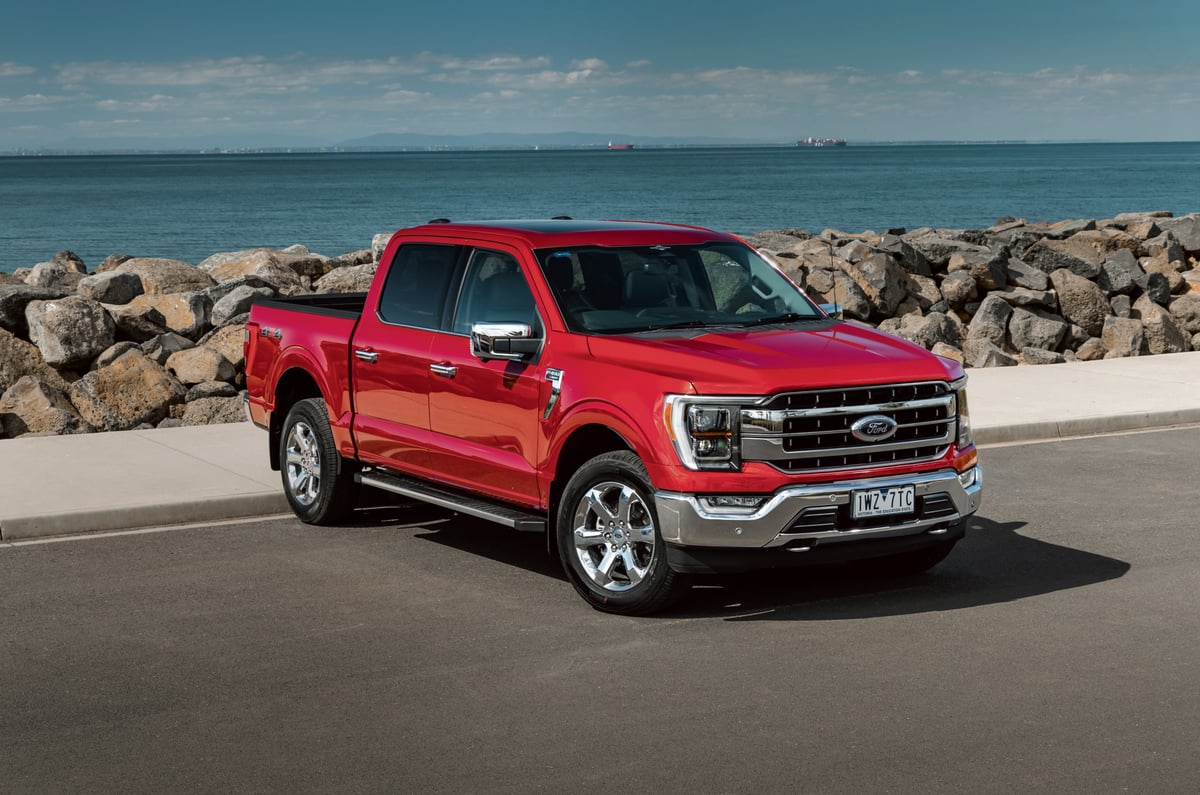
If size matters, then the F-150 could be the ute that races to the rescue. The hulking pick-up truck — Ford doesn’t like referring to it merely as a ute — sits above the Ranger (although it’s not much heavier) to provide acres of space and the sort of load hauling that makes light work of even the most luxurious caravan.
Inside, the F-150 is as grand as they come. The console between the front seat occupants is super-king-sized, providing loads of storage and plenty of elbow room. Three across the rear is ludicrously easy. While the finishes and materials aren’t as richly appointed as some might expect in a car with a six-figure price tag, the sheer size of the cabin all but guarantees a comfy adventure.
Whereas American pick-ups have traditionally called on V8s to do the heavy lifting, the F-150 reverts to a twin-turbo V6 that outmuscles its prime rivals with 298kW and 678Nm. It’s an impressive engine that makes for effortless acceleration (grunt is one thing the F-150 has in spades).
In the city, it pays to keep an eye on the extremities, such is the heft of the F-150. It’s not the sort of truck likely to make friends when battling for carparks at Bondi or St Kilda. On the open road, however, it’s the sort of machine that makes long distance touring effortless and comfortable.
The F-150 sends the drive to all four wheels and has the sort of clearance that makes light work of obstacles. There’s no doubt it’s capable, but that big aluminium body is more at home on gravel than hard core tracks.
The off-road newcomers planning to shake up the 4WD status quo.
Land Rover Defender OCTA
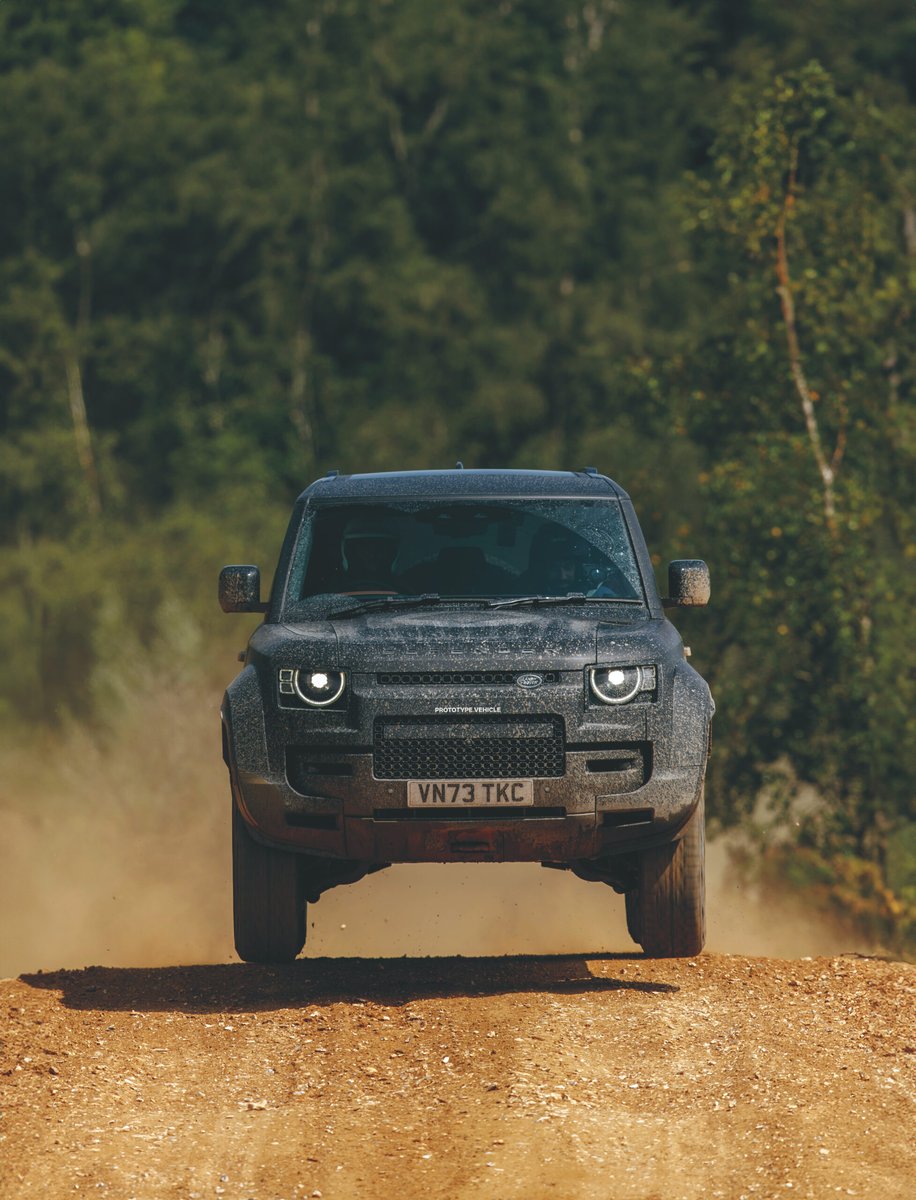
James Bond has long been impartial to a Land Rover, but the Defender OCTA is arguably the car best suited to the suave super spy. Sharing its practical body with the five-door Defender 110, the OCTA adds a twin-turbo BMW V8 with a 48V mild hybrid system thumping out 467kW. That’s enough to launch it to 100km/h in 4.0 seconds. So, yes, it promises to be seriously brisk when it lands here in 2025.
But rather than take the easy go-fast SUV route and focus on bitumen, the OCTA is primed for life in the rough stuff. There’s up to 323mm of clearance with the air suspension in its highest position, and the wading depth is a full one metre. Yep, you can take this beast through a full metre of water and expect to dry out on the other side, sans issues.
OCTA-specific design tweaks combine with additional underbody protection to better shield the car from nature strikes. Oh, and it looks suitably cool. Hydraulically interlinked shock absorbers can independently control wheel travel, which Land Rover says virtually eliminates body roll and front-to-rear pitching. Like all Defenders it blends independent suspension with towering ground clearance for effortless off-road nous.
Six-piston Brembo brakes help slow what is shaping up to be a potent beast across any terrain.
GMC Yukon

If big and bold is your thing, look no further than the GMC Yukon. Also due Down Under later in 2025, the colossal SUV has the LandCruiser and Patrol in its crosshairs, with a heady mix of American muscle and brash luxury. Plus it looks ready to munch on small hatchbacks that bother its broad path.
The Yukon is a big beast and dishes up three rows of seats with seating for up to eight. Front occupants are treated to 16-way powered heated and ventilated massaging seats while optional ‘Executive Seating’ will offer luxury captain’s chairs and rear screens in the second row. A 16.8-inch infotainment screen arranged in a portrait configuration, mated to a 22 speaker Bose Performance Series sound system, delivers a serene acoustic experience for all passengers.
Beneath the skin it borrows plenty of the mechanicals of the Chevrolet Silverado, including its 6.2-litre V8 that makes a handy 313kW. Australia will only get the lux Denali trim boasting adaptive air suspension, a sizable panoramic sunroof, retractable side steps and a head-up display, rolling on 24-inch eight-spoke machined wheels.
No word yet on pricing, but given it needs to be pulled apart and converted to right-hand drive locally, don’t expect it to be cheap. Our guess? Somewhere north of $150,000.
If you’ve enjoyed this feature story, consider a few of our other favourites from the pages of B.H. Magazine:
- Porsche Taycan, Take Two: A Review Of The Monstrously Quick Evolution
- The Self-Taught Aussie Watchmaker Crafting $50,000 Timepieces
- Daikoku: A Window Into The Soul Of Japan’s Mythical Car Scene
- Tour De Kit: The Gear You Need To Make Cycling Spectacular
- The Business Of Beer: Australia’s Once Booming Craft Industry Is Now On Life Support
